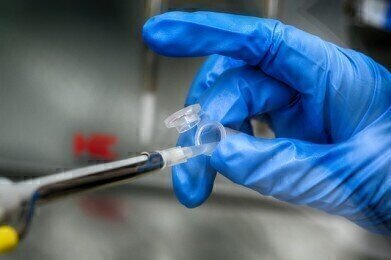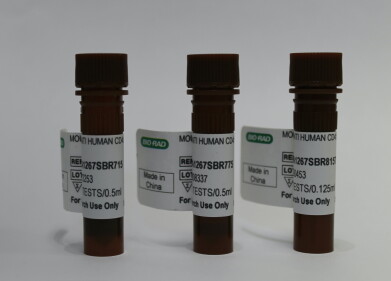Laboratory Products
Pipette Laboratory Apparatus Uses
May 19 2021
Simple and effective, pipettes are a staple in laboratories around the world. They’re used by scientists of all skill levels, from high school science teachers to researchers working at world-class centres like the MRC Harwell Institute. Pipettes have a variety of different uses across a range of fields, with some of the most common featured below.
Life sciences
Pipettes have been a mainstay in life sciences laboratories since the 1940s, when the tool was first invented by French chemist Louis Pasteur. From genetics and biochemistry to immunology and epidemiology, these small but highly useful tools have been used to aspirate, transport and dispense liquid samples for decades.
Microbiology, chemistry and medical testing
Pipettes are particularly useful in microbiology, medical and chemistry laboratories, where scientists are handling multiple samples on a daily basis. Pipettes allow scientists to accurately and precisely transfer samples with ease.
ELISA and DNA amplification
Repetitive strain injury is one of the biggest health risks faced by scientists, particularly those working in sample-heavy laboratories. Usually featuring between eight to 12 heads, multichannel micropipettes can drastically boost productivity by up to 64-fold. This makes them ideal for use in ELISA (enzyme-linked immunosorbent assay) laboratories, as well as centres dealing with molecular screening and DNA amplification.
Food & beverage
From nutritional labelling to quality control, pipettes are commonplace in food and beverage laboratories. Precision is key, with scientists relying on pipettes to extract, transport and dispense samples.
Pharmaceuticals
Pharmaceutical research calls for incredible accuracy and precision, making pipettes an essential tool. As well as pharmaceutical laboratories, pipettes are also commonly found in chemists and drug stores. For example, disposable pipettes are often included when purchasing medicine for children. Veterinarians may also hand out pipettes pre-loaded with medicine to pet owners.
Measuring values less than 1 mL
When measuring values of less than 1 mL, micropipettes offer more accurate results. Designed to measure on the microlitre scale, the tools use piston-driven air displacement technology to aspirate liquid. They’re available in both single channel and multi-channel variants, with different models used for different applications.
From minimising the risk of repetitive strain injury to choosing the right model for the job and considering factors that affect accuracy and precision, a good understanding of pipetting is critical to laboratory performance. Spotlighting content from the new Pipetting Skills course developed by the MRC Harwell Institute in Oxfordshire, expert Lee Moir discusses best-practice methods and techniques further in ‘The Art of Pipetting - Top Tips’.
Digital Edition
Lab Asia 31.2 April 2024
April 2024
In This Edition Chromatography Articles - Approaches to troubleshooting an SPE method for the analysis of oligonucleotides (pt i) - High-precision liquid flow processes demand full fluidic c...
View all digital editions
Events
May 05 2024 Seville, Spain
InformEx Zone at CPhl North America
May 07 2024 Pennsylvania, PA, USA
May 14 2024 Oklahoma City, OK, USA
May 15 2024 Birmingham, UK
May 21 2024 Lagos, Nigeria












.jpg)





